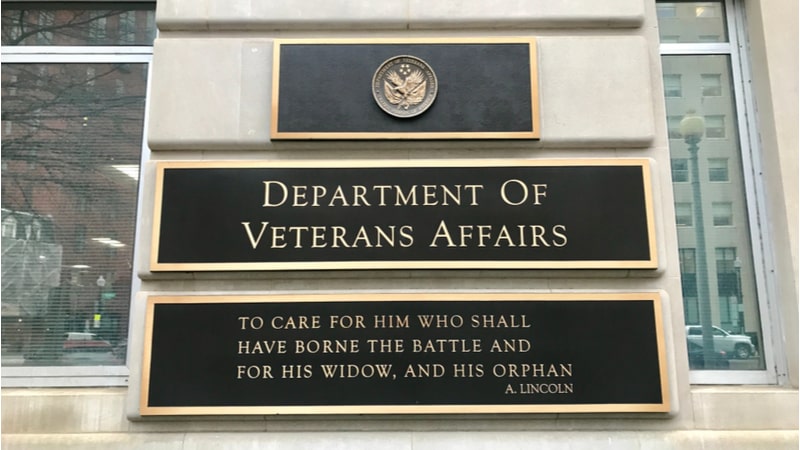
The Department of Veteran Affairs (VA) has awarded General Dynamics Information Technology (GDIT) a $45 million Enterprise Security Architecture (ESA) contract to support the agency’s business and IT modernization initiatives.
Under this agreement, GDIT is tasked with integrating new and emerging cybersecurity technologies – including implementing a zero-trust security architecture that meets national security standards established in the presidential cybersecurity executive order and a robust development, security, and operations approach to modernize, secure, and accelerate software delivery.
“Securing the VA’s infrastructure is critical to providing better care for our veterans,” GDIT Vice President and General Manager for Federal Health Kamal Narang said in a press release. “By implementing zero trust-enabled tools, the VA will be able to address an evolving threat landscape, protect patient privacy, and improve the veteran experience.”
“Under the [ESA] deal we’re looking at all of the cybersecurity practices across VA at the IT level. This includes helping them write cyber-related policies regarding medical devices for example. We’re also going to help VA internal customers apply those policies to various situations,” GDIT Sr. Capture Manager Tony Ingle told MeriTalk.
Additionally, with the growing use of digital devices and telehealth services, GDIT will also collaborate with the VA to enable and securely connect these technologies while protecting patient information.
Separately, as part of a larger VA effort to provide more equitable and accessible healthcare, it is also working with GDIT to improve the process of diagnosing skin cancer. GDIT developed a cloud-based artificial intelligence (AI) tool that generates real-time assessments of potentially cancerous skin lesions.
According to GDIT Vice President of AI and Data Insights Dave Vennergrund, with this classifier healthcare providers can instantly determine follow-up care because “we overcome this first problem which is image quality control with this device. The classifier also provides the primary care physician instant classification into the skin lesion,” he told MeriTalk.
The GDIT image classifier can be accessed through any web browser and physicians will be able to simply pull a skin lesion image onto a web page and receive an instant classification and recommendation regarding follow-up care.
“We built this solution specifically to be able to be run on the cloud so that any provider anywhere could take an image and just drop it onto a webpage and process diagnosis immediately,” Vennergrund said. “While the solution is not capable of it now, the goal is that this can be used in a telehealth scenario. The goal is for vets to be able to upload their own images via an iPhone or an Android.”
